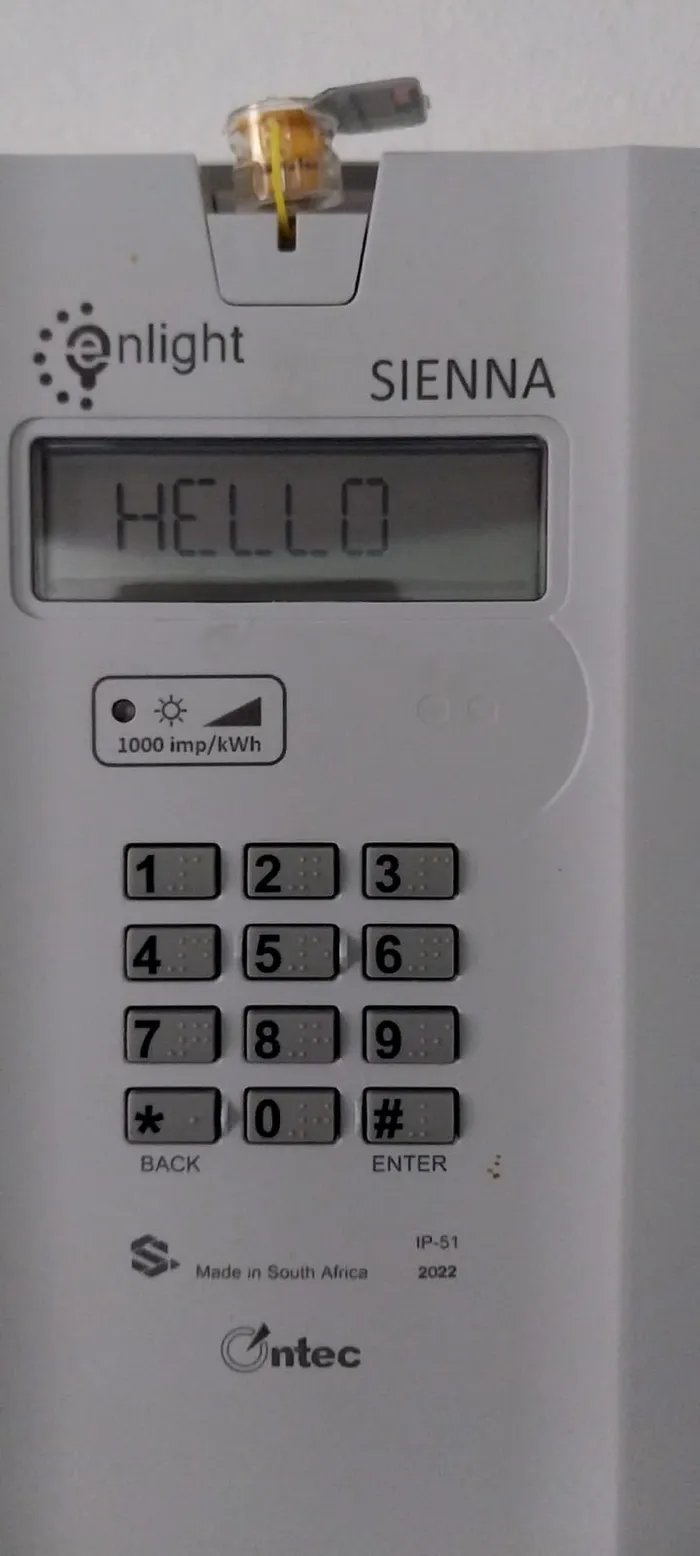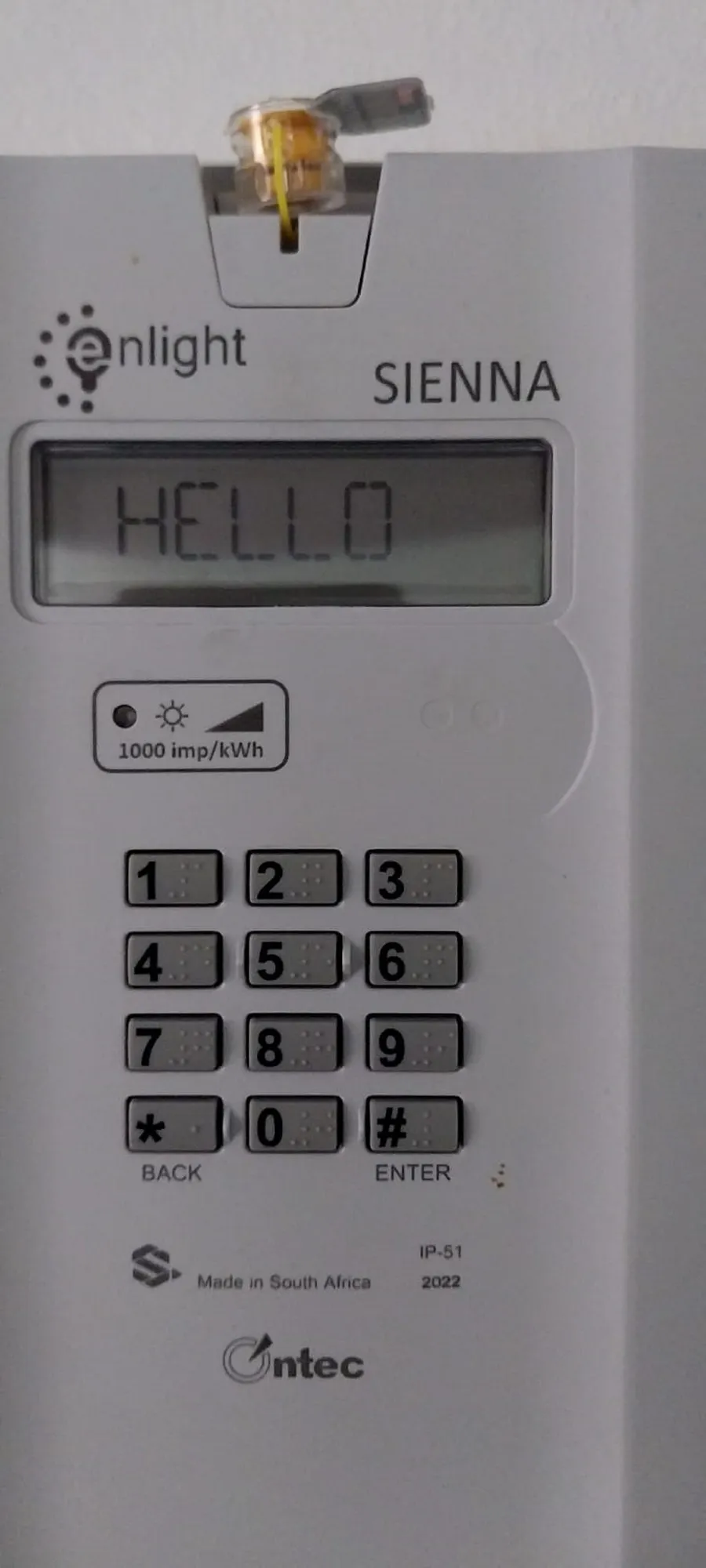Days-long power cuts cripple residents



The City of Cape Town has been inundated with electricity service requests, when the lights only go on days after the regular load shedding occurs.
Westridge resident Tania Shears was without electricity for four days, between 6am Tuesday May 2 and late Friday May 6.
She had to throw some of her freezer contents away and move some of the food to her mother’s place.
“I had to charge lights for the night and our devices at my mother’s place.
“I had to invest in a gas burner to cook on, take a bath at my mom’s, it was a great inconvenience for me and my kids. In turn I had to reimburse my mom as well with electricity as she is but a pensioner,” she said.
Ms Shears said that the black-out happened three weeks after a new prepaid meter (PPM) was installed.
“I never had any problems before this installation,” she said.
She called the City daily only to be told that there were 200 other callouts to address.
Mayoral committee member for energy, Beverley van Reenen in responding to a Plainsman enquiry, said area faults and prolonged outages after load-shedding often occurred as result of nuisance tripping due to overloading circuits, vandalism and damaged infrastructure.
“These faults are a recurring problem due to vandalism in hot spot areas, of which Mitchell’s Plain is one.
“Illegal connections are also a factor in some sections of Mitchell’s Plain and have the same effect as vandalism and damage to infrastructure,” she said.
The Plainsman asked the City whether they were coping with the number of service requests after Ms Shears was without electricity for four days.
Ms Van Reenen said that the City experienced an increase in electricity service request volumes primarily due to non-stop load shedding at high stages which has had a big impact on electrical infrastructure.
“The increase in service requests was primarily due to the continued load shedding at higher stages and exacerbated by the onset of inclement winter weather,” she said.
The non-stop load shedding in high stages causes a spike in secondary outages due to tripping and this increases the chances of prolonged outages after load shedding.
Spikes are experienced during the peak hours from about 4pm to 10pm due to winter demand trends.
“This, together with Eskom’s supply problems and the high stages of load shedding is causing a lot of challenges,” she said.
She advised that residents reduce the spike by not leaving electrical equipment such as geysers and pool pumps and uninterrupted power supplies on ahead of the power returning.
“Too much demand coming on at the same time overloads the system.
“To avoid tripping when the power comes back on, the power now has to be restored in phases in certain areas where the demand is too high.
“High demand and power returning increase the risk of outages and delayed restoration and electrical equipment left on increases the chances of damage to the equipment,” she said.
Ms Van Reenen said one of the big challenges was for residents to be home for officials to come on to the property to test and change the electricity meter – not during load shedding.
“It is thus not always possible, especially during normal working hours for working families and our staff are forced to delay the response to a time when there is someone at the house. This contributes to longer times before a matter can be resolved,” she said.
It is often not possible to give an exact time for restoration where damage to infrastructure is involved and where an outage affects a large area.
The City posts updates on its social media channels, issues media releases and communicates with residents via the call centre.
“Operational plans and contingencies are constantly being made,” said Ms Van Reenen.
She said that the Eskom situation was causing a number of new trends and experiences that must be navigated, such as the high volumes of outages, the large areas that are affected, the very high demand in the evenings and the fact that a lot of work must be delayed until the power comes on again after load shedding.
This adds to the hours that a resident might be off due to a fault.
Over the medium-term, the City is also aiming at a variety of interventions that could see the protection of up to four stages of load shedding where possible within the next three years.
Ms Van Reenen said that the installation of new PPMs has not caused any significant increase in service requests.
“We are aware that there has generally been an increase in meters failing with the increased frequency of load shedding but this has affected both the new and the old meters,” she said.
Westridge ward councillor Ashley Potts said that residents have had to wait up to five days without power as there are not enough response teams available to deal with the spike in service requests.
“As ward councillor for Ward 81, I am inundated with very frustrated residents whom are calling at all hours of the day and night throughout the past three weeks after they’ve exhausted the efforts to gain clarity from the call centre, who offer no real meaningful updates when asked,” he said.
Mr Potts advised residents to hold onto their reference numbers, even after the query is resolved as he would be taking stock of all cases related to PPMs over the next week in order to gather the evidence needed to better hold the City’s line department accountable for the poor service delivery on this matter.